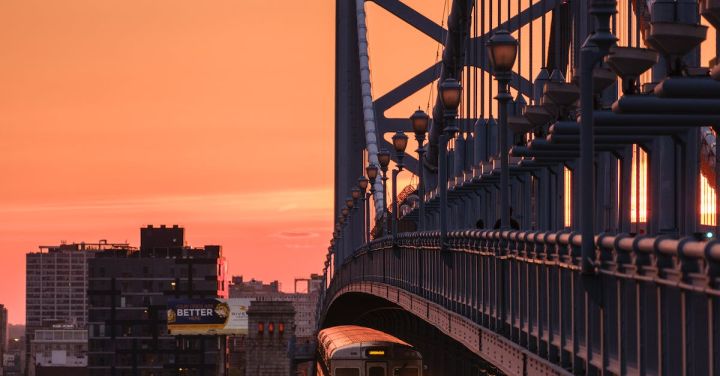Railways have played a significant role in shaping the modern world. They have connected people, goods, and ideas, creating a network of transportation that revolutionized trade, travel, and communication. The history of railways is filled with fascinating stories and remarkable achievements. Let’s delve into some of the highlights from railway history.
1. The Birth of Railways: The first public railway, the Stockton and Darlington Railway, was opened in England in 1825. This marked the beginning of a new era in transportation. The steam locomotive, designed by George Stephenson, pulled a train of coal wagons and passenger carriages. This groundbreaking event laid the foundation for the development of railways worldwide.
2. The Golden Spike: On May 10, 1869, the completion of the First Transcontinental Railroad in the United States was celebrated with the driving of the Golden Spike. This symbolic act connected the Central Pacific and Union Pacific Railroads, spanning a distance of 1,912 miles. This achievement drastically reduced travel time and opened up new opportunities for trade and settlement in the American West.
3. The Orient Express: The Orient Express, an iconic luxury train service, began operation in 1883. It offered an extravagant travel experience, connecting Paris to Istanbul. The train was renowned for its opulent carriages, exquisite dining, and impeccable service. The Orient Express became synonymous with luxury and adventure, capturing the imagination of travelers and inspiring countless novels and films.
4. The Trans-Siberian Railway: The Trans-Siberian Railway, completed in 1916, is one of the world’s most impressive engineering feats. Stretching over 5,772 miles, it connects Moscow with Vladivostok, crossing eight time zones and diverse landscapes. This epic journey takes passengers through vast forests, barren steppes, and majestic mountains. The Trans-Siberian Railway remains a symbol of Russia’s ambition and determination.
5. The Channel Tunnel: The Channel Tunnel, also known as the Eurotunnel, is an engineering marvel linking the United Kingdom and France. It was opened in 1994 after years of planning and construction. The tunnel, which runs under the English Channel, spans 31 miles, making it the longest undersea tunnel in the world. The Channel Tunnel revolutionized travel between the two countries, providing a fast and efficient connection for both people and goods.
6. High-Speed Rail: In recent decades, high-speed rail has gained popularity around the world. Japan’s Shinkansen, commonly known as the bullet train, was the first high-speed rail system, introduced in 1964. Since then, countries such as France, China, and Germany have developed their own high-speed networks. These trains can reach speeds of over 200 miles per hour, offering a convenient and environmentally friendly alternative to air travel.
7. The Future of Railways: As technology continues to advance, the future of railways holds exciting possibilities. Magnetic levitation trains, or maglev trains, use magnetic fields to float above the tracks, eliminating friction and allowing for even higher speeds. Hyperloop, a concept proposed by Elon Musk, aims to transport passengers in pods through a near-vacuum tube at speeds exceeding 600 miles per hour. These innovations could revolutionize long-distance travel and further connect the world.
Railways have undoubtedly shaped the course of history. They have connected nations, facilitated economic growth, and brought people closer together. From the birth of railways to the technological advancements of today, the story of rail transportation is one of human ingenuity and progress. As we look ahead to the future, it is clear that railways will continue to play a vital role in building bridges and connecting societies across the globe.
